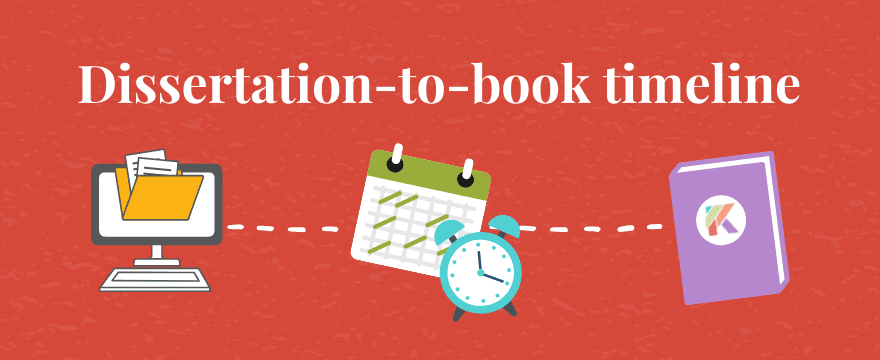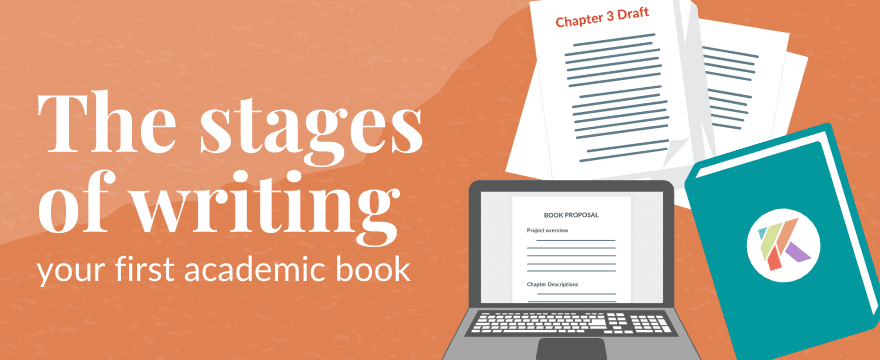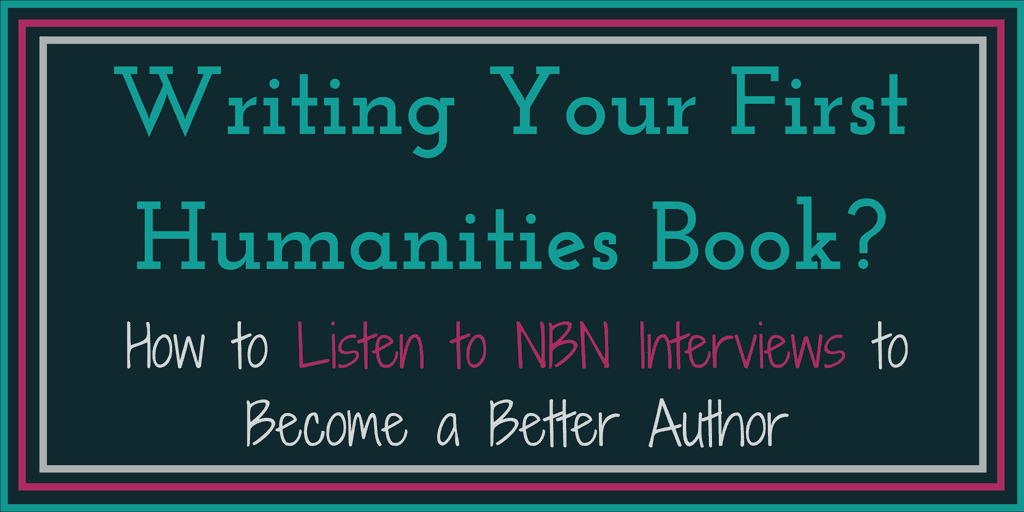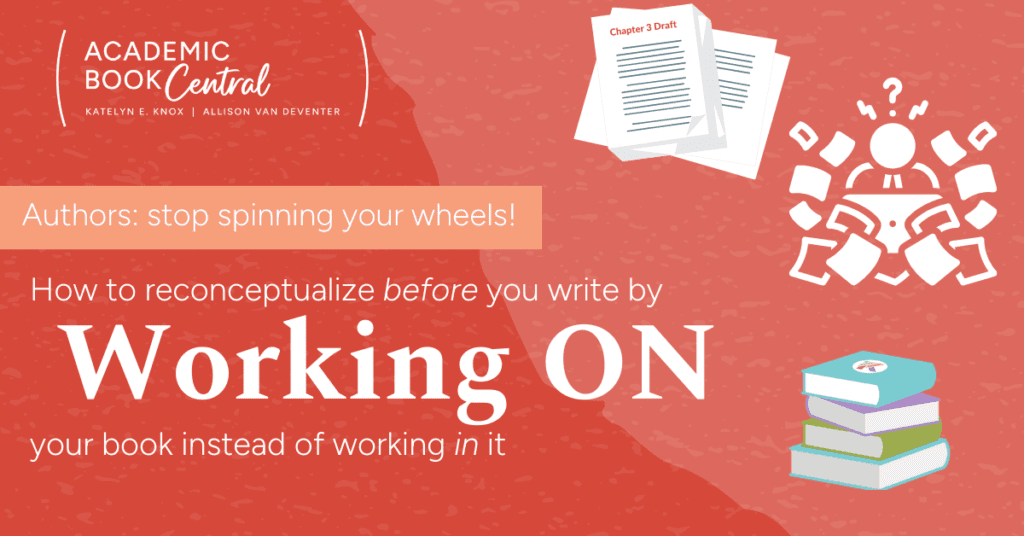If you are publishing your first academic book for tenure and promotion purposes, you know you are on a deadline. And yet most resources for first-time academic book authors don’t discuss time at all. In short, nothing prepares you answer one of your most pressing questions: “How long does publishing an academic book take?”
The biggest surprise for first-time academic book authors?
It will take a minimum of 1.5 years (24 months is more common) from the time you submit your complete manuscript to an academic publisher to the time your academic book is published.
Why is this a surprise?
Because these are largely the stages that important resources for first-time academic book authors barely discuss at all: waiting for reviews, responding to readers, revising the manuscript, copyediting, securing high quality images and copyright permissions, completing marketing paperwork, etc.
My post on the seven stages of publishing your academic book and what to do (and not to do) in each stage offered general estimates of how long each could take. But because so much of the academic book publishing timeline depends on factors outside your control, any time estimates I can offer are general at best.
So, in this post, you will learn exactly how long each stage took for my first academic book.
If you are hoping to use this concrete academic book publishing timeline to estimate how long publishing your own academic book will take, you should know that this timeline is about as fast as things go in academic publishing.
In particular, you should take my book’s timeline for stages 4-6 as minimums, not averages. In reality, these stages can take at least twice as long.
What You Need to Know about My First Book’s Timeline
Any timeline for academic book publishing (whether drafting a book from scratch or revising a dissertation into a book) depends on multiple factors such as your teaching load or how long peer reviews take. You cannot control them, but they significantly affect your timeline.
If you are using my academic book’s timeline to estimate your own, keep these factors in mind.
Personal and Teaching Factors that Affected my Academic Book Publishing Timeline
- I went straight from Ph.D. to my tenure-track job.
- I did not have children, pets, or significant caretaking responsibilities.
- My course load was a 3-3 (one semester of 4 courses). I did not teach summers.
- I taught a mixture of language and literature courses, with 10 new preps while I was publishing my first academic book.
- My commute was effectively 10 minutes each way per day on campus.
- Faculty at my institution do not receive junior research leave.
- All of this took place pre-pandemic.
Press Factors that Affected my Academic Book Publishing Timeline
On the press side of “uncontrollables,” I was very fortunate. My acquisitions and series editors were immediately enthusiastic about the book. So, I did not wait as long as most authors at several of the press-controlled points:
- I received a request for the full manuscript one day after submitting my proposal. Usually, first-time book authors wait weeks or months at this point.
- Peer reviews were a lightning fast 3 months. It is not uncommon to wait up to one year.
- My peer reviews were positive and only required major changes of two chapters. I was able to complete the revisions in four months. If your reviews are split or ask for more structural changes, you will likely have to go through another round of peer review, which could add another year (on top of the time it takes you to complete the revisions) to your timeline.
- Copyediting was thorough and changes were implemented correctly, so that stage only took four months. If your copyeditor is not as meticulous, this stage will take longer.
Stage 1: Pre-Revisions
For me, this stage lasted exactly the summer before I began my tenure-track job. I read Boice’s Professors as Writers (ebook), and would have read Jensen’s Write No Matter What (ebook), had it existed at the time. I set up my writing goal tracking spreadsheet (here’s a tracking system you can steal!) and stumbled into setting product-focused weekly writing goals. Despite Germano’s suggestions in From Dissertation to Book (ebook) to let the dissertation rest longer, I decided to begin revising as soon as the semester began.
I imported all of my writing into Scrivener, which allowed me to keep all of my writing and research documents in one place. For more on why I prefer Scrivener, read my full review of Scrivener 3 for academic writing.
Stage 2: Actively Revising (or Drafting, if Your Book is not Based on Your Dissertation)
This phase lasted almost two years. During the academic year, I was able to draft new material and revise existing chapters, but most of the substantial revisions and drafting came during the summer. Even though about 60% of the main objects I analyze were the same in the dissertation and the book, all of the prose was substantially revised. My introduction, argument, and fifth chapter were completely new to the book and half of my first and third chapters were new. My second and fourth chapters remained closest to the dissertation of all.
Instead of immediately jumping into drafting a proposal and revising two chapters, I instead tried to get the 30,000-foot view of my book by articulating what I thought its main claims were and how each chapter advanced the narrative. I outline how to do this in a blog post on evaluating and revising your manuscript before you draft it, but have since developed a better process in The Dissertation-to-Book Workbook.
I am glad that I did not write and submit book proposals at this point.
Fall Semester, Academic Year 1:
- Drafted a conference presentation that would become the basis for the book’s entirely new fifth chapter.
- Revised the article I wanted to publish from the book. I submitted it in early spring.
Spring Semester, Academic Year 1
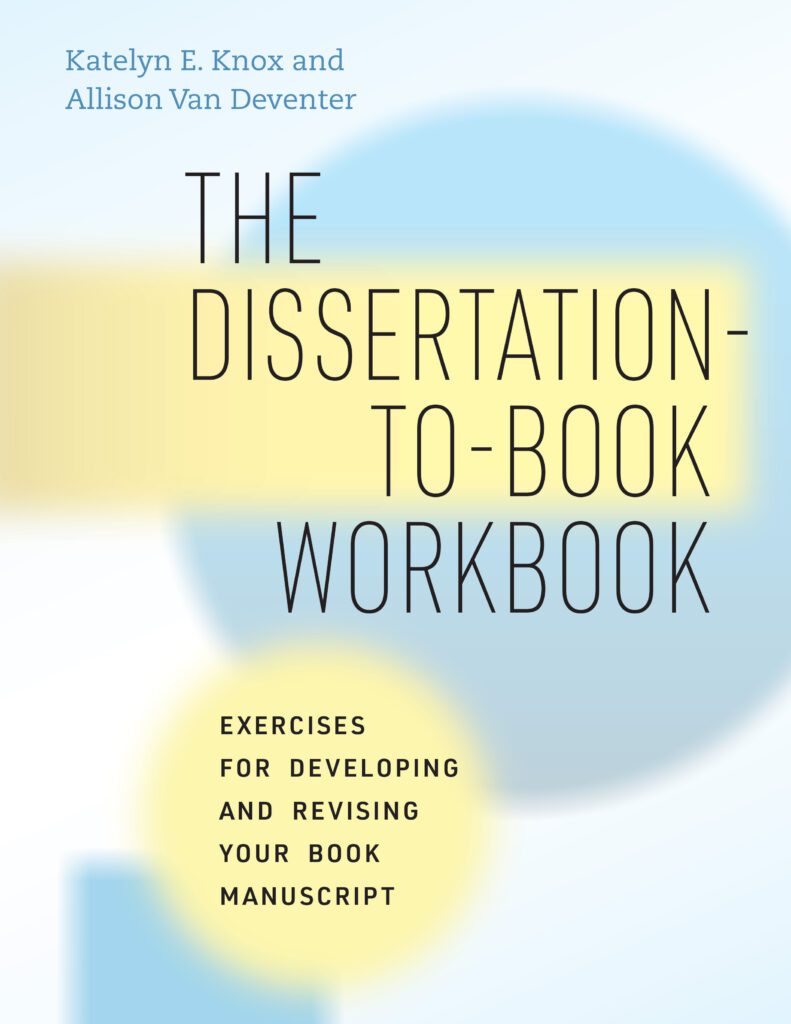
- Reread From Dissertation to Book and read Getting it Published and Thinking Like Your Editor (not intended for academic audiences, but indispensable for the proposal stage) for the first time.
- Spent three months evaluating the book holistically, ensuring its chapters allowed me to make my main claims, and getting the “30,000-foot view” before adding or changing any words in the manuscript. I’ve now distilled a comprehensive, systematic process for assessing your book’s clarity and coherence into a practical workbook that takes about 48 hours to complete. It’s most effective in the first 2 years of your book revisions journey.
- Expanded my conference paper into chapter 5.
- Applied for funding from my university to support a summer research trip to France.
Summer, Academic Year 1
- Spent three weeks in France collecting materials to substantially rework chapter 1.
- Collected materials relating to chapter 4.
- Solicited feedback from senior scholars on chapter 5.
- Began reworking chapter 1 to incorporate new materials.
- Revised chapter 2.
- Revised and resubmitted article based on chapter 3 (resubmitted in fall).
Fall, Academic Year 2 (this was the semester I taught 4 classes):
- Finished revisions of chapter 1.
- Finished revisions of chapter 4.
Note that during this time I did not pitch the book to editors. I still got a request for the manuscript quickly after submitting my proposal. Read my article on what to consider when deciding whether pitching your book to an editor would be a good use of your time.
Stage 3: Preparing and Submitting the Proposal
This phase lasted about three months. During that time, I drafted and revised my book’s introduction and conclusion. This phase consisted of getting to know my book again, through publishers’ eyes; preparing a long list of target academic presses that publish in my fields; narrowing the long list to those who published books like mine; and consulting with mentors at my institution and in my fields to assess press prestige.
See everything I wish I’d known about proposals in my post Academic Book Proposals: All Your Questions, Answered.
This phase went quickly because I had already spent the time to evaluate my book manuscript and revise its structure before adding new prose.
(Psst–the one thing I didn’t do, but should’ve? Revise my book’s title! In fact, my acquisitions editor’s email response told me, in no uncertain terms, that he was interested in the manuscript, but that my “title is terrible.”)
Stage 4: Submitting the Proposal to Book Contract
Because this stage involves waiting at two points, how long this stage takes is entirely outside of your control. Mine lasted five months total, but this is at least half as long as most other first-time academic book authors. My acquisitions editor chose peer reviewers who could operate on a tight timeline.
(Does your publisher ask you to suggest reviewers? Here’s how to go about producing your reviewers list.)
I waited three months between submitting the manuscript and receiving peer reviews. My press typically does not send manuscripts to a third reader unless the reviews are split, so I did not have to wait for a second round of peer reviews, which can take up to another year. Drafting my response to the peer reviewers’ comments took three weeks. I received my contract one month later.
Want to know what it’s like to receive peer reviews, how to respond to your reader reports, whether you can expect to receive an advance contract, and what you can negotiate? We’ve got you covered.
Stage 5: Preparing and Delivering the Final Manuscript
How long this stage takes depends on what you must revise. My peer reviews did ask for extensive reviews of two chapters and more superficial reviews to other sections, but not major structural or theoretical changes. So, I requested four months to revise and deliver the final manuscript and was able to complete the revisions in that time. If your press requires another round of peer reviews, you can expect to wait up to another year.
At this point, you must also submit high quality images (if your book has any) as well as copyright permissions (if applicable). Did you know that the author is typically the one to pay for both the high-quality images and the copyright permissions? Learn what other expenses you might incur!
Stage 6: The Slog (Copyediting, Indexing, and Press Paperwork)
This stage took much, much longer than I expected: nine months. The first five months was mostly spent waiting, and I wish I had spent more of this time to set myself up to publicize the book better. Additionally, my acquisitions editor asked me to submit cover art. We settled on a cover design and layout after about a month.
I was in copyediting for two months, and then had two weeks to complete my book’s index. In total, I went through four rounds of proofs.
Stage 7: Post-Publication
I guess by definition you’re always in this stage once you publish a book. In the first year following the book’s publication, I submitted it for book awards and recorded a podcast interview on the New Books Network.
One of the particular challenges I was not expecting was how much of a letdown receiving my author copies in the mail would be. Additionally, it seems common for first-time academic book authors go through a period of doubt (perhaps exacerbated by burnout?) at this stage. I plan to write more about the particular challenges of this stage in the future.
I am happy to report that I am now working on a well-defined second book project. And having gone through the process once definitely makes imagining the second book easier.
